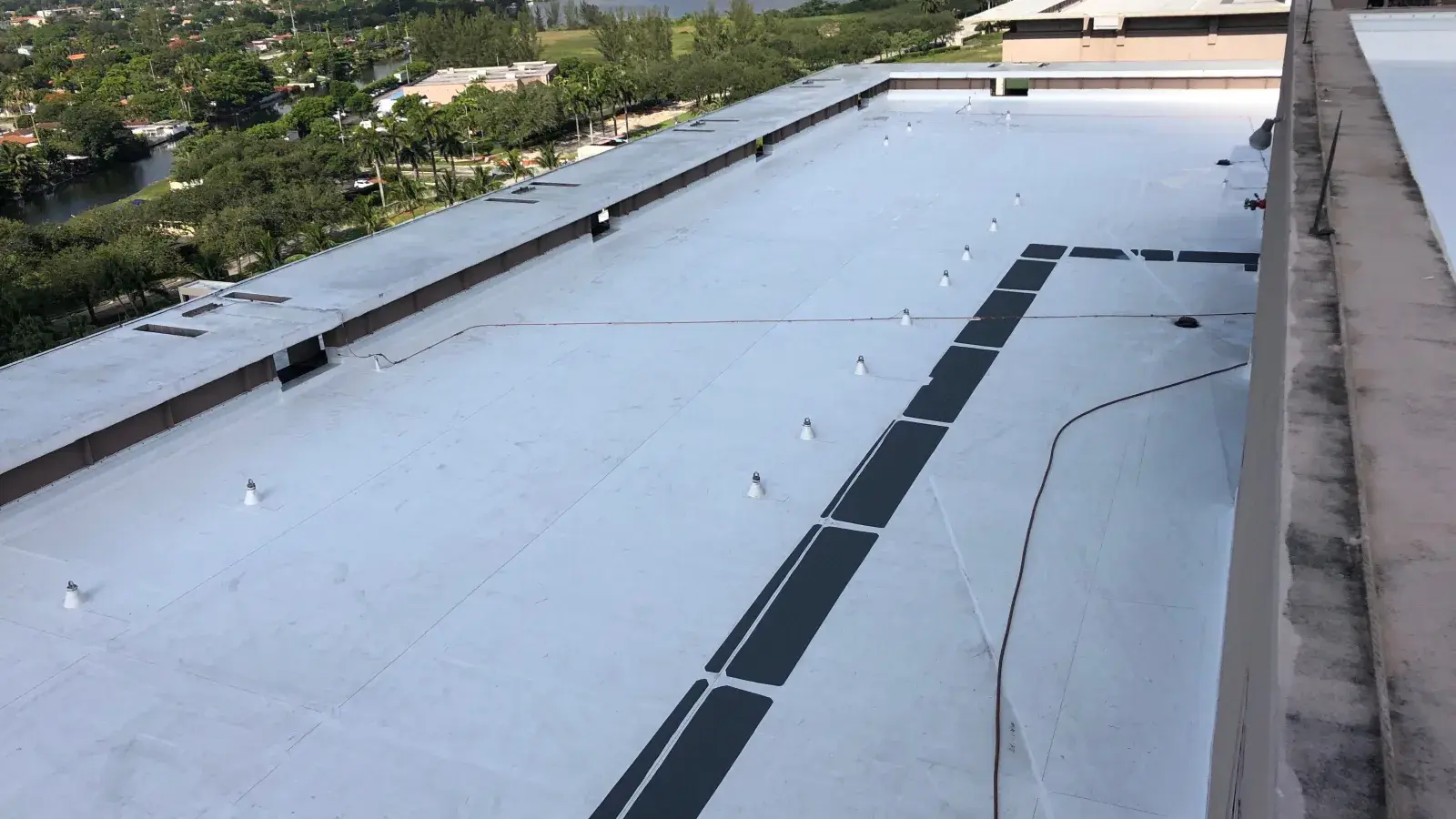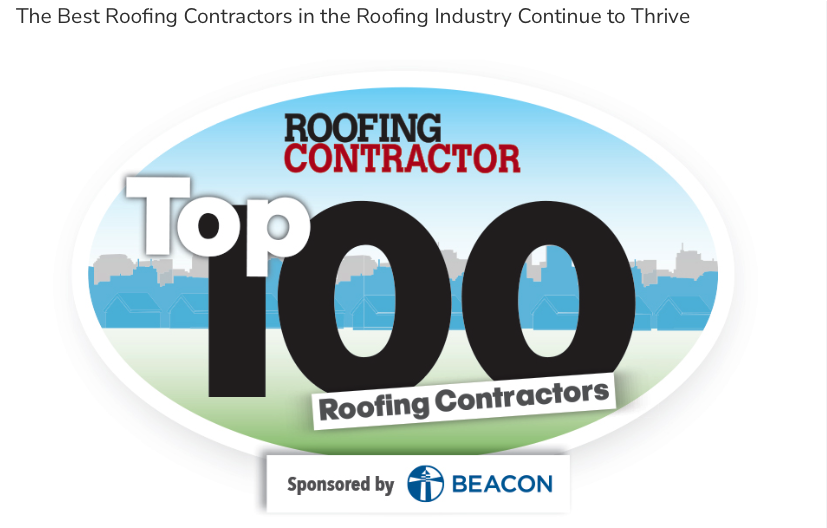Essential Maintenance Tips for Your Commercial Roof
As a commercial property manager or building owner in Florida, you understand that your roof is more than just a cover overhead—it's a critical line of defense for your entire building. But even the most well-constructed roofs won't last without ongoing care.
Commercial roof maintenance isn't just a checkbox on a to-do list—it's a strategic investment. Routine inspections and preventive repairs can significantly extend your roof's life, protect your interior assets, and minimize emergency repair costs.
In this guide, you'll learn:
Why maintenance matters in Florida's climate
How often you should inspect and clean your roof
What to look for during inspections
What maintenance typically costs
How to build a proactive program that works long-term
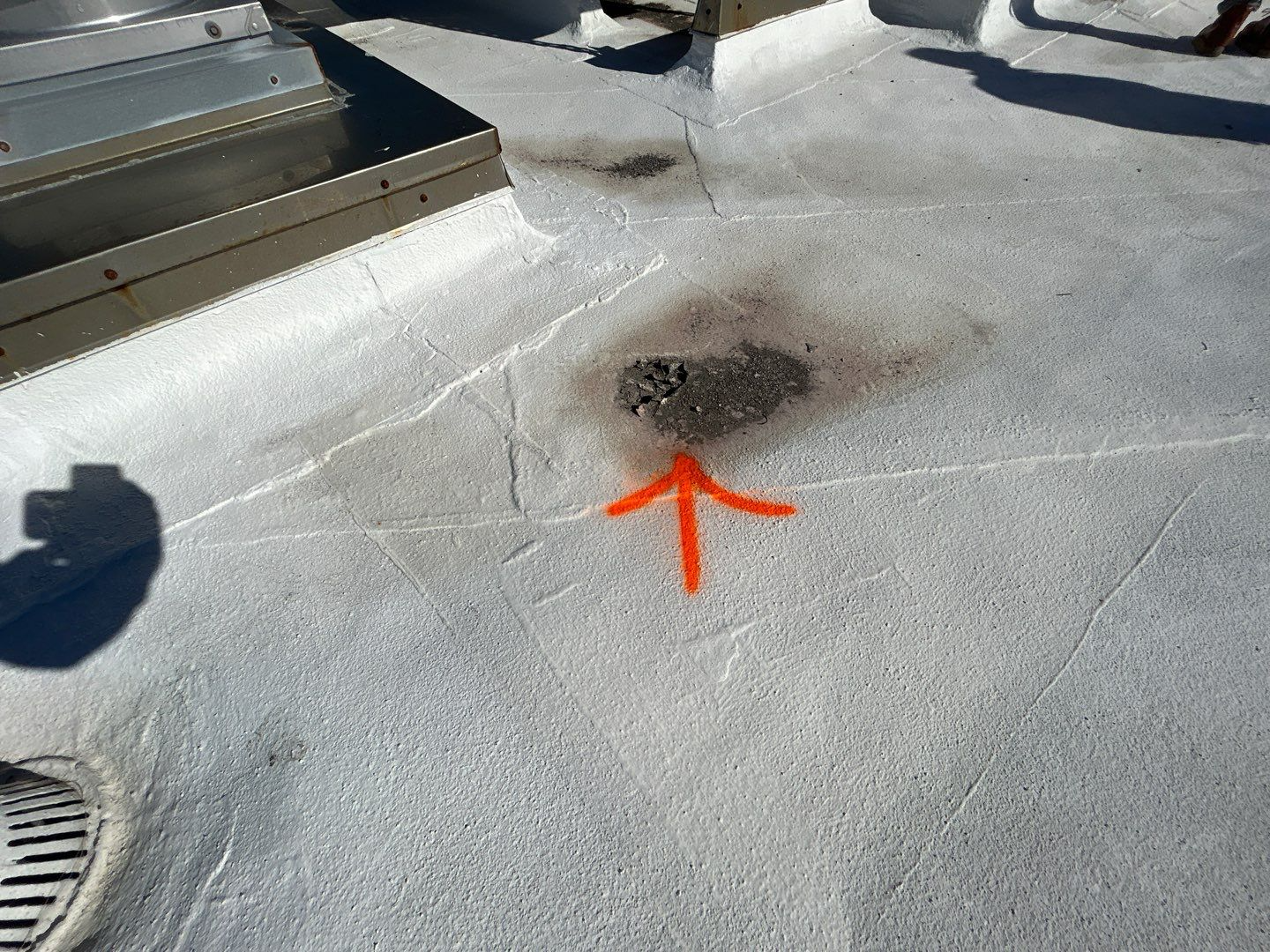
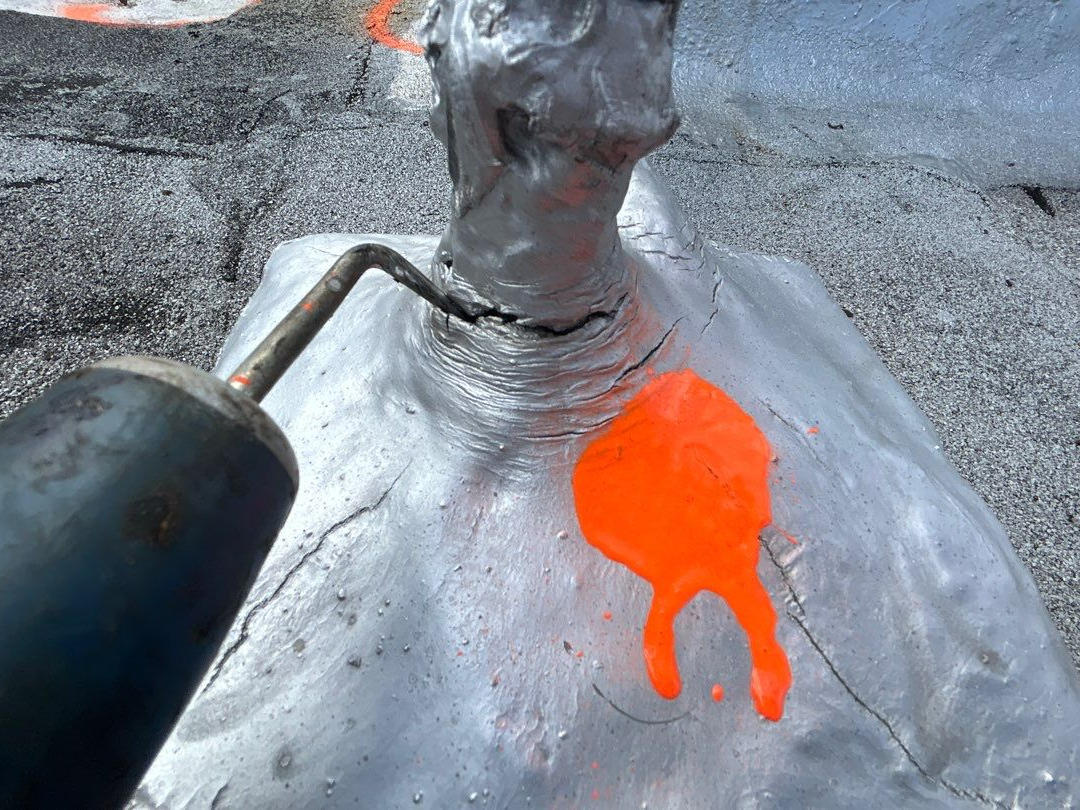
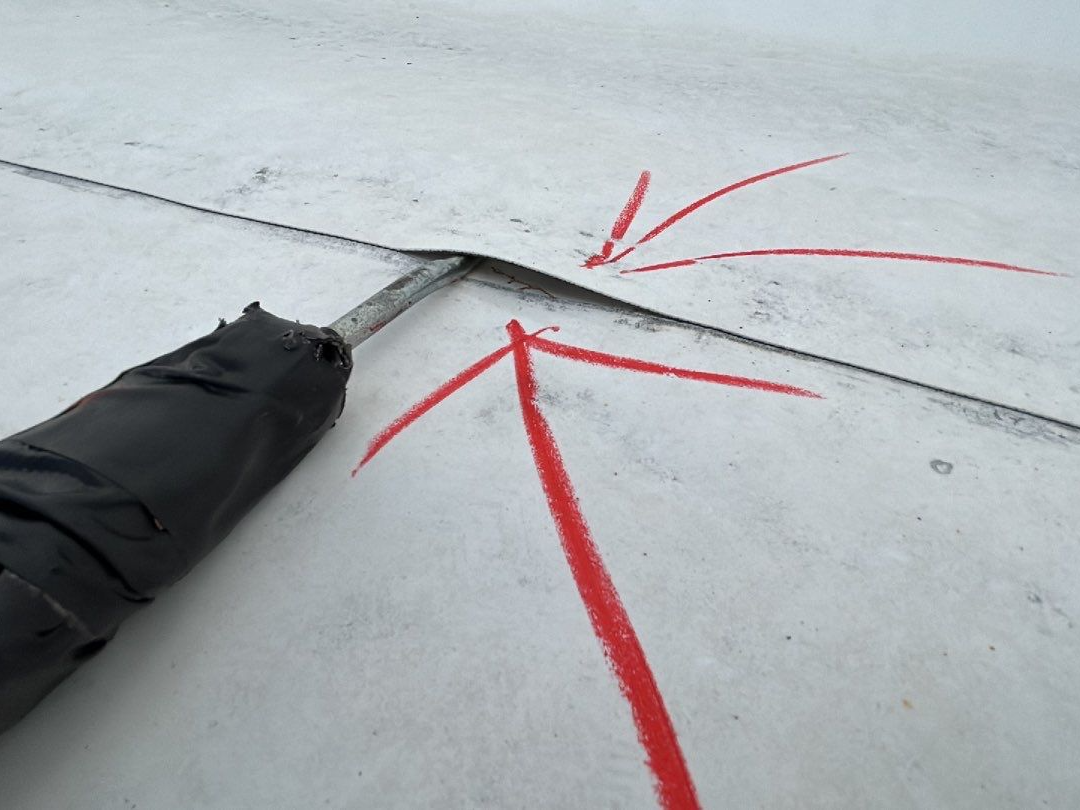
Why Commercial Roof Maintenance Matters
Neglecting regular maintenance can lead to early roof failure, unexpected expenses, and serious business disruptions. A small puncture or clogged drain might seem minor—but left unchecked, it can result in water intrusion, mold growth, structural damage, and even inventory loss.
In South Florida, the high humidity, UV exposure, and extreme weather—from thunderstorms to hurricanes—make commercial roof maintenance not just smart, but essential.
Best Practices for Maintaining Your Commercial Roof
1. Preventive Maintenance and Scheduled Inspections
Routine inspections are your first line of defense. The general rule: inspect your roof twice a year—once in the spring and once in the fall—and always after major weather events like hurricanes, hailstorms, or tropical systems.
Inspections should assess:
Roof membrane condition (TPO, modified bitumen, metal, etc.)
Perimeter flashing, parapet walls, and sealants
Roof drains, scuppers, and gutters
HVAC curbs and rooftop equipment penetrations
Fascia, expansion joints, and structural decking
Interior ceilings and walls for water stains, mold, or peeling paint
Always document your inspections with detailed notes and photos to track roof condition over time and identify patterns of wear or recurring issues.
2. Clean Roof Surfaces and Drainage Systems
A clean roof is a performing roof. Leaves, branches, and debris can trap moisture, causing rot, mold, and accelerated membrane deterioration.
Flat commercial roofs should be cleaned:
At least twice a year, during scheduled inspections
Immediately after storms
Anytime standing water is present (remove within 48 hours)
In Florida's climate, it's also common for mildew or algae to grow—especially on older or shaded areas. Treat these as needed to prevent further damage.
3. Address Repairs Promptly
Minor issues—such as a seam separation, surface crack, or loose flashing—should never be ignored. Delaying repairs can lead to worsening damage and costly emergency interventions.
Common small repairs include:
Resealing penetrations and flashing
Patching membrane blisters or punctures
Clearing and testing clogged drainage paths
Reinforcing edging and perimeter details
Catch these early, and you can avoid the need for full-system replacements down the line.
4. Inspect Sealant, Flashing, and Penetration Points
Sealants and flashing are critical to keeping water out—but over time, UV rays, thermal expansion, and aging materials can weaken them.
During every inspection, confirm that:
All flashing is secure and watertight
Sealants are flexible and uncracked
Penetrations (vents, pipes, HVAC units) are fully sealed
This is where many leaks originate—don't overlook these areas.
5. Monitor for Interior Water Damage
Sometimes, roof issues reveal themselves from the inside. Walk the building regularly and check for signs of water intrusion, including:
Stained or sagging ceiling tiles
Bubbling paint or peeling drywall
Moldy odors in upper floors
Damp insulation or soft decking
These warning signs mean it's time for immediate inspection and repair.
6. Don't Exceed Roof Weight Capacity
Commercial roofs are designed to hold a certain load. Installing new HVAC units, solar panels, or even large satellite dishes can exceed that limit if not properly evaluated.
Too much weight can result in:
Structural sagging
Compromised insulation
Cracked membranes and waterproofing failure
Always consult with a licensed contractor before adding heavy equipment to your rooftop.
7. Keep Accurate Maintenance Records
A digital, well-organized maintenance log supports warranty claims, simplifies budgeting, and adds value to your building in resale or insurance scenarios.
Track:
Inspection reports and photo documentation
Dates and descriptions of repairs or upgrades
Any warranty-covered work performed
Best Roofing provides detailed records after every service—be sure to keep them on file.
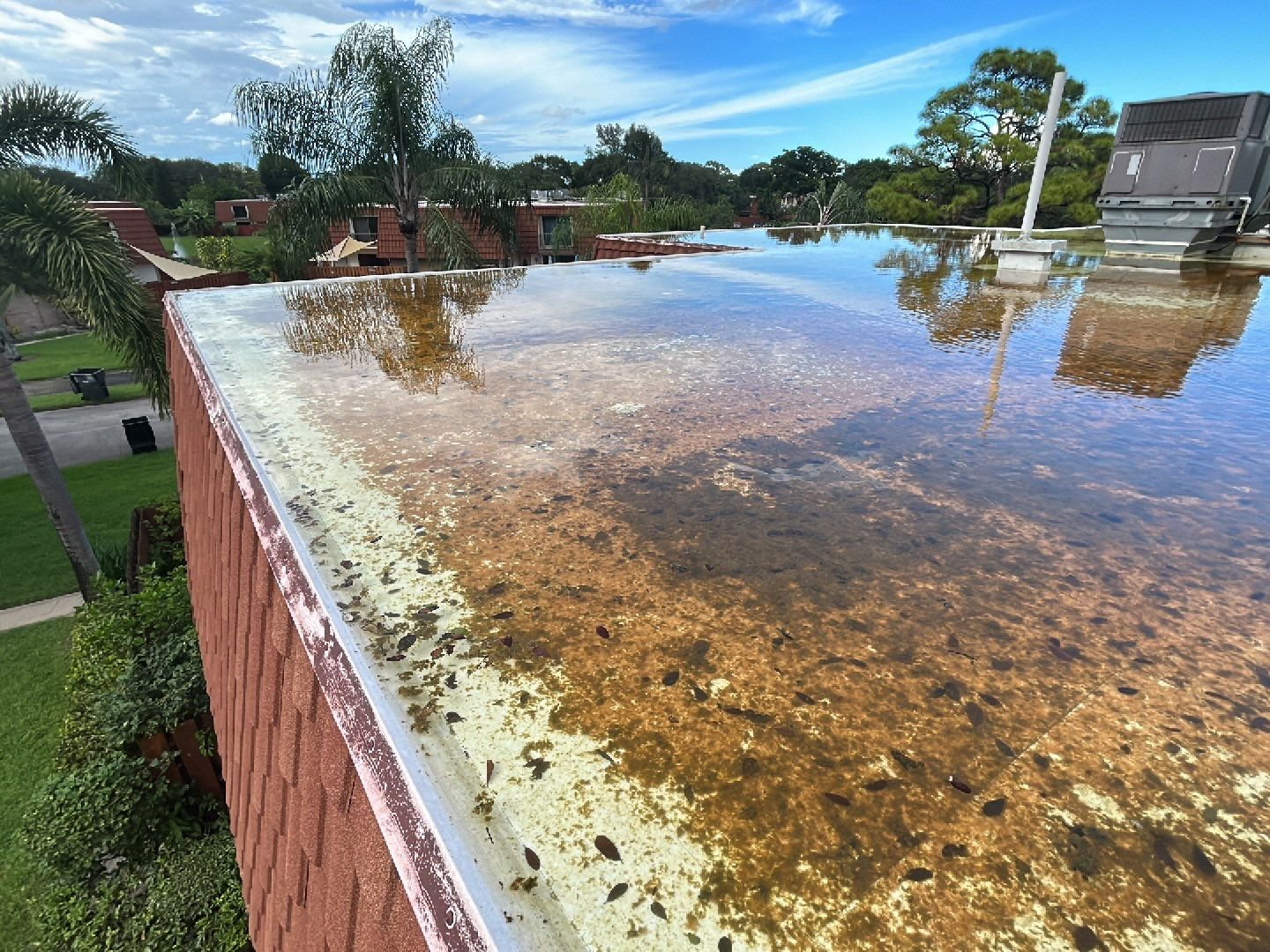
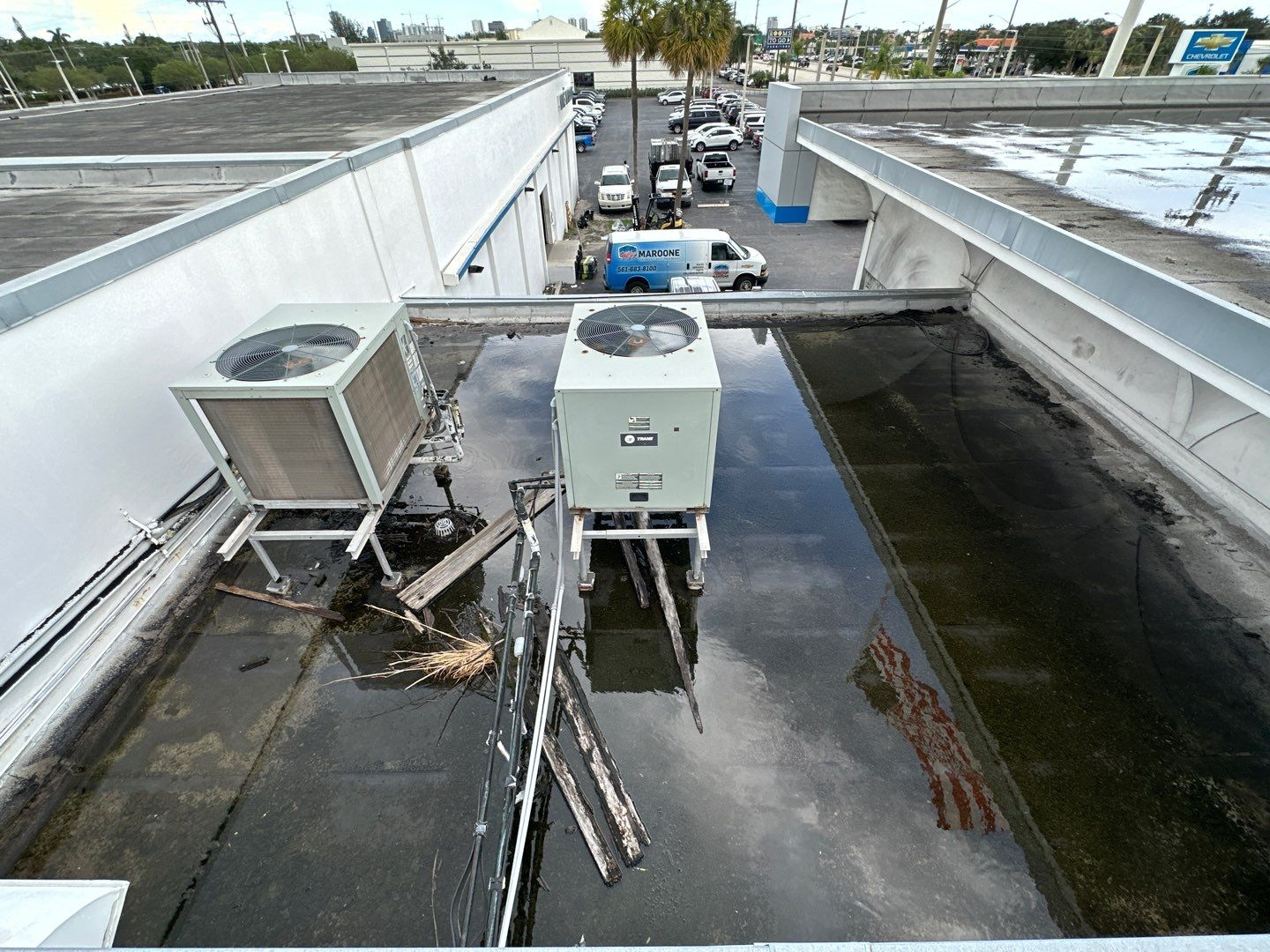
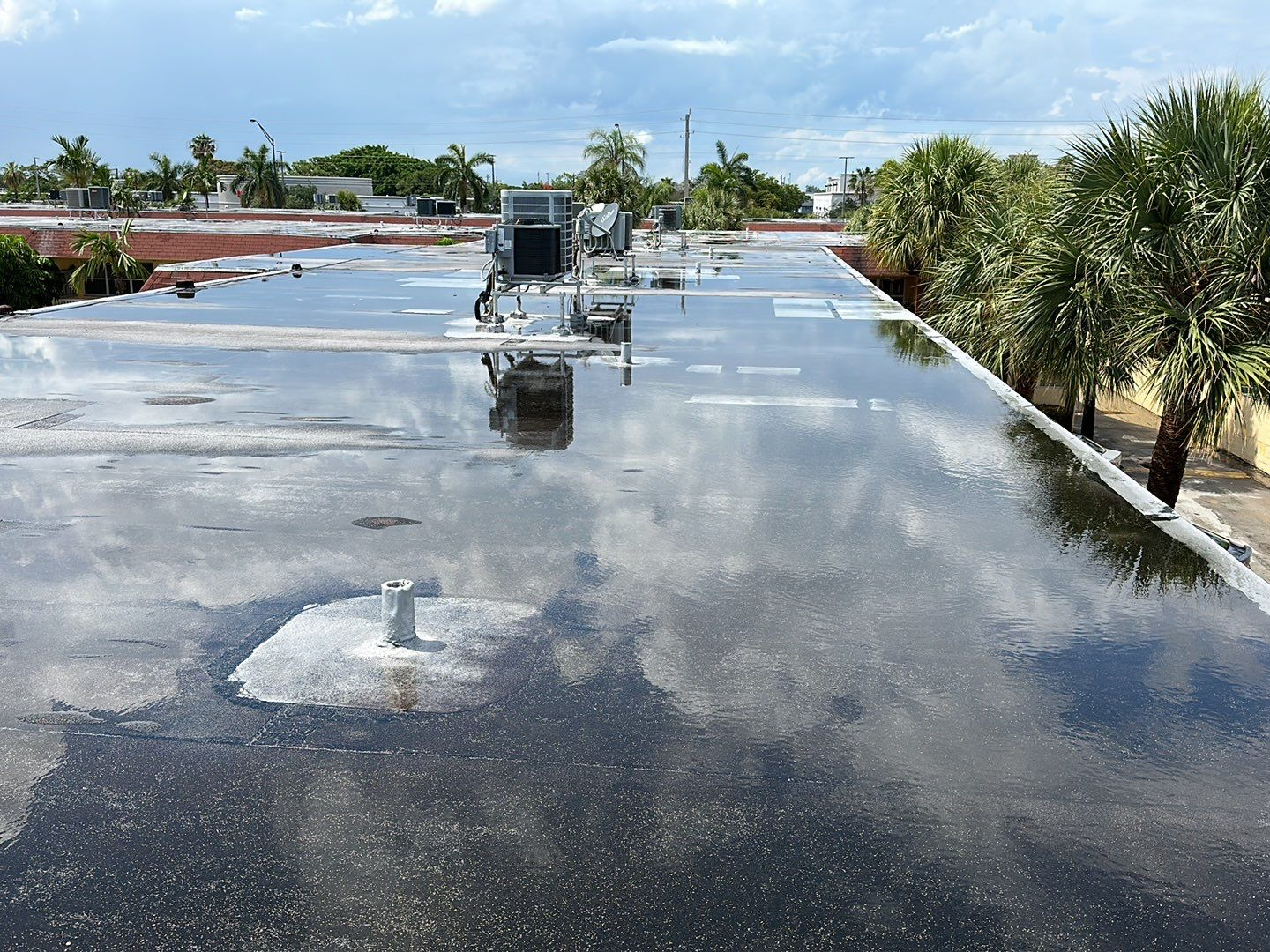
What Kind of Maintenance Does a Roof Need?
Your maintenance checklist will vary depending on system type, but in general, you should include:
Clearing debris and drains
Checking all flashings and sealants
Resealing penetrations and joints
Repairing minor cracks and punctures
Monitoring drainage slopes and roof edge details
Testing for water infiltration using moisture detection tools
Applying protective coatings when appropriate
Roof coatings are an excellent way to extend system life by improving UV resistance and waterproofing performance.
How Much Does Commercial Roof Maintenance Cost?
Compared to emergency repairs or full roof replacements, maintenance is an affordable, high-return investment.
Average annual maintenance costs:
$0.15-$0.50 per square foot
For a 20,000 sq. ft. building: $3,000-$10,000 annually
Compare that to:
Emergency repairs: $1,000-$5,000+ per incident
Full replacement: $10-$20 per sq. ft. (or $200,000-$400,000 total)
Regular upkeep can extend your roof's life by 5-15 years, saving you significant capital in the long run.
Your Commercial Roof Maintenance Checklist
Conduct spring and fall inspections
Schedule inspections after major storms or rooftop work
Clean roof surface and drainage systems
Check for signs of interior water damage
Document all repairs and inspections
Limit rooftop access to trained, authorized personnel
Partner with a licensed, insured roofing contractor
Train staff to report early signs of roof issues
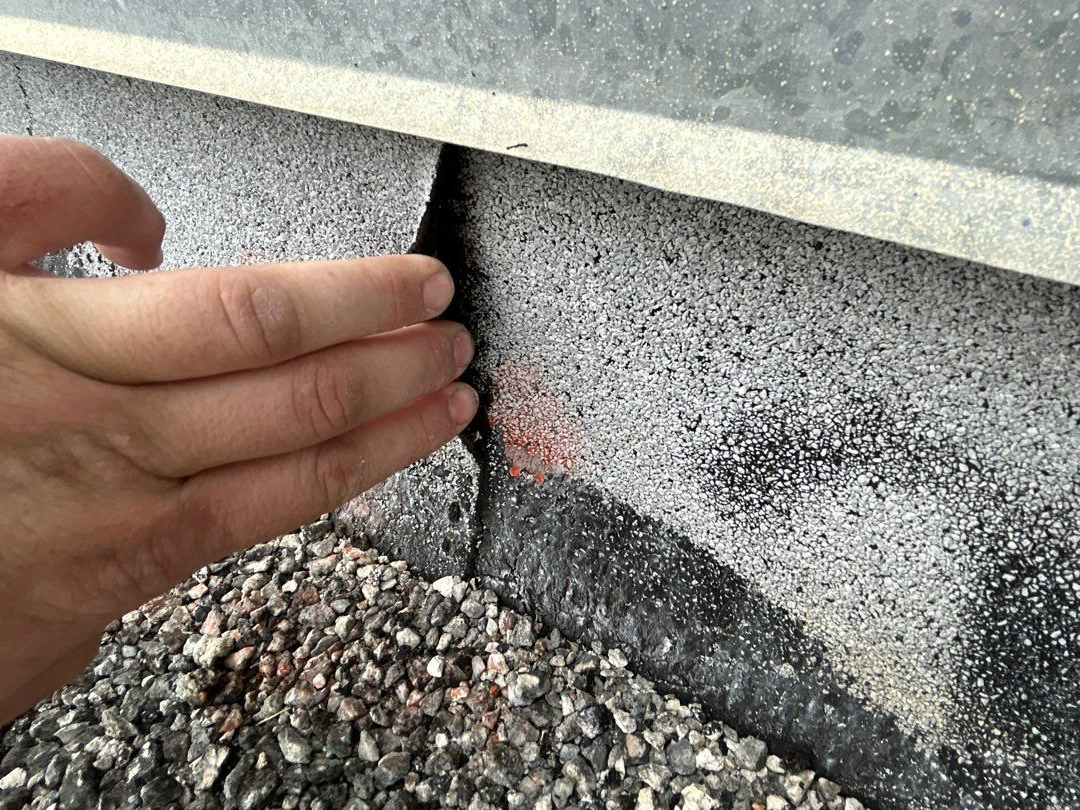
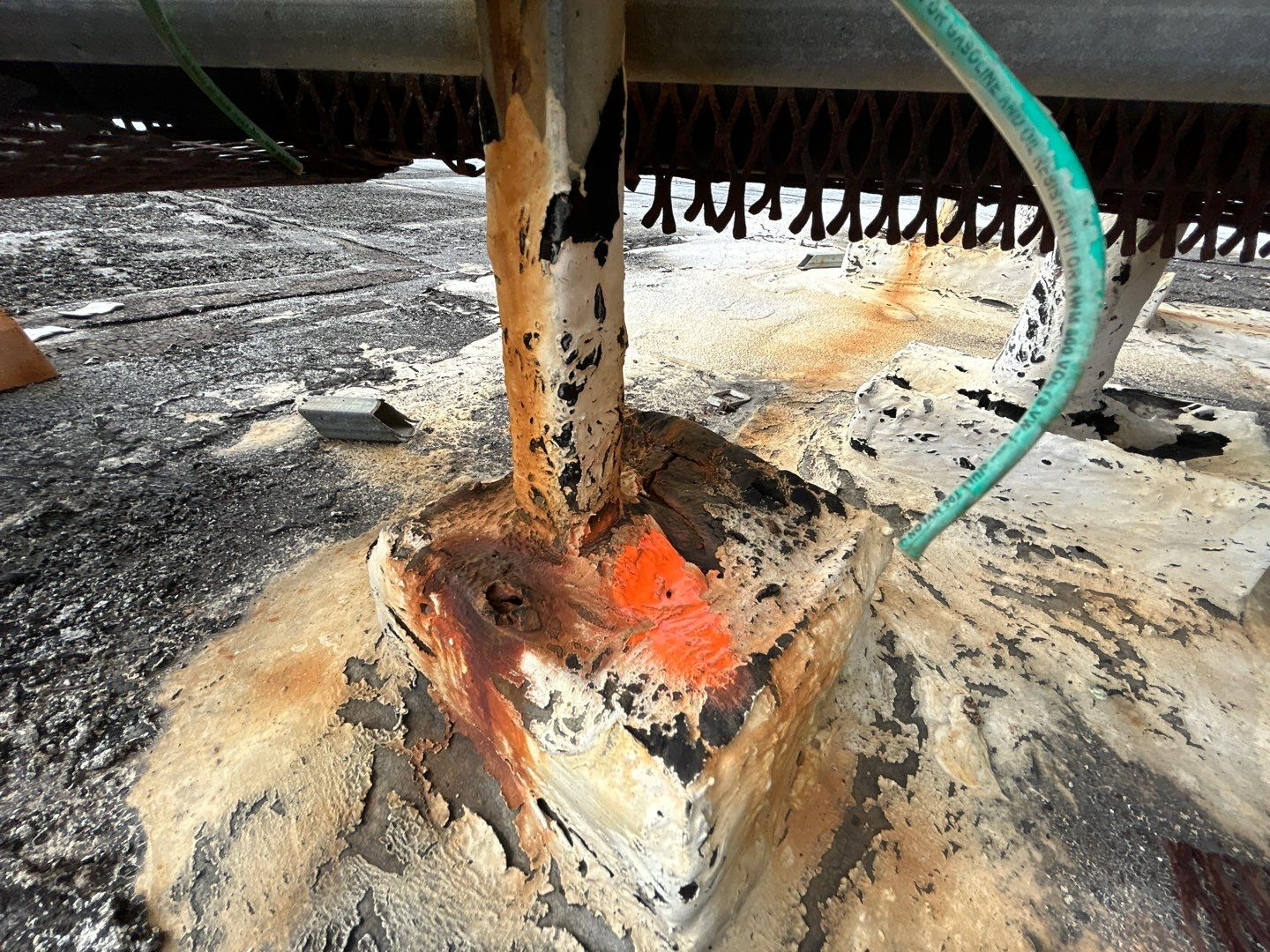
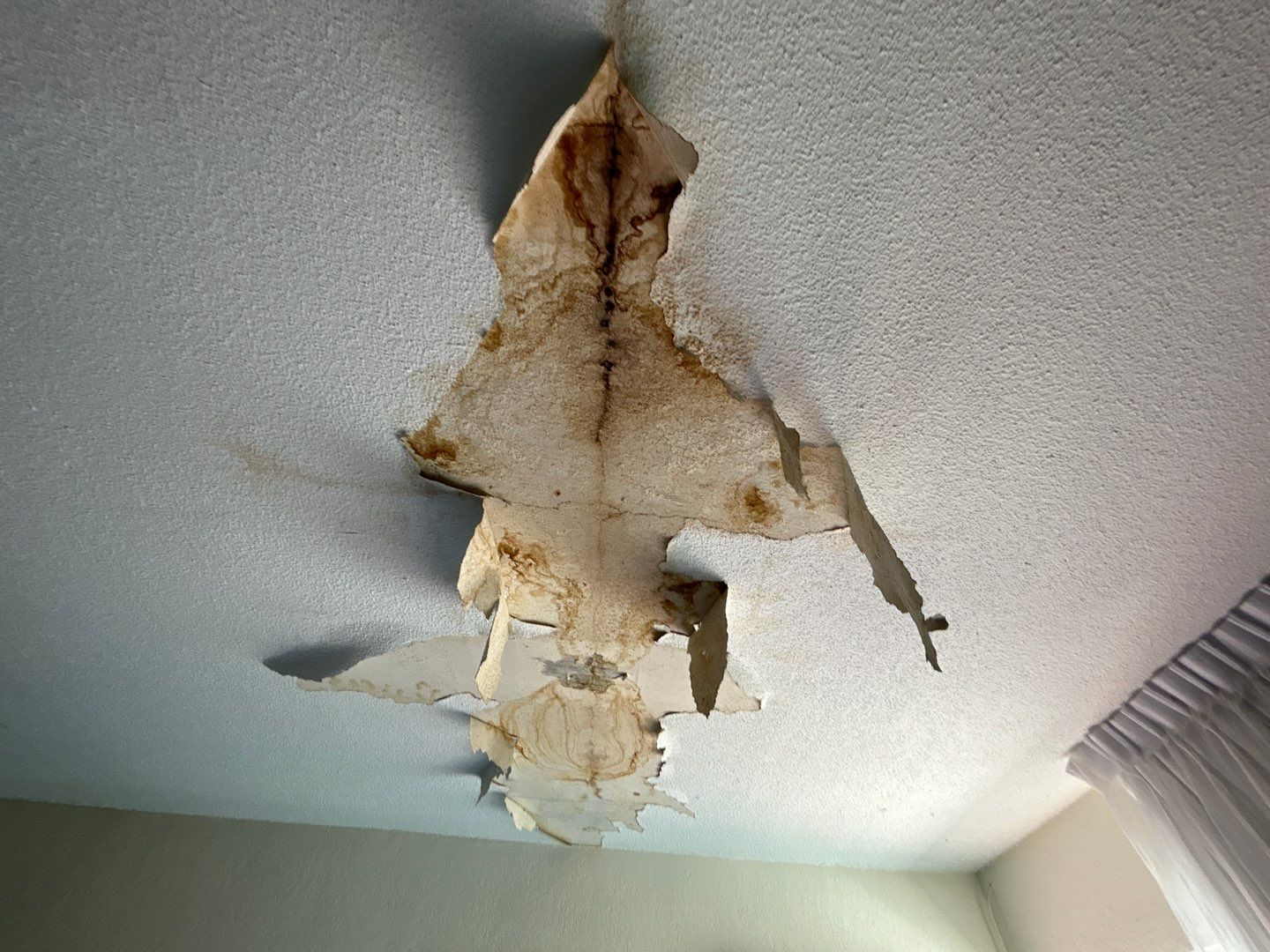
Why Choose Best Roofing for Maintenance?
With over 47 years of commercial roofing experience, Best Roofing is South Florida's trusted partner for proactive, data-driven roof care.
We serve:
Retail centers and malls
Industrial facilities and warehouses
Medical and educational campuses
Multifamily properties and HOA communities
What you can expect:
Comprehensive inspections and photo reports
Proactive repairs before damage spreads
Expert guidance on coatings and restorations
Fully licensed, OSHA-compliant crews
Compliance with Florida building codes and insurance standards
Schedule Your Commercial Roof Inspection Today
Your commercial roof is one of your most valuable capital assets—don't wait until there's a leak to take action.
Contact Best Roofing to schedule your free inspection or ask about our ongoing maintenance programs. We'll help you protect your building, your tenants, and your budget—year-round.
